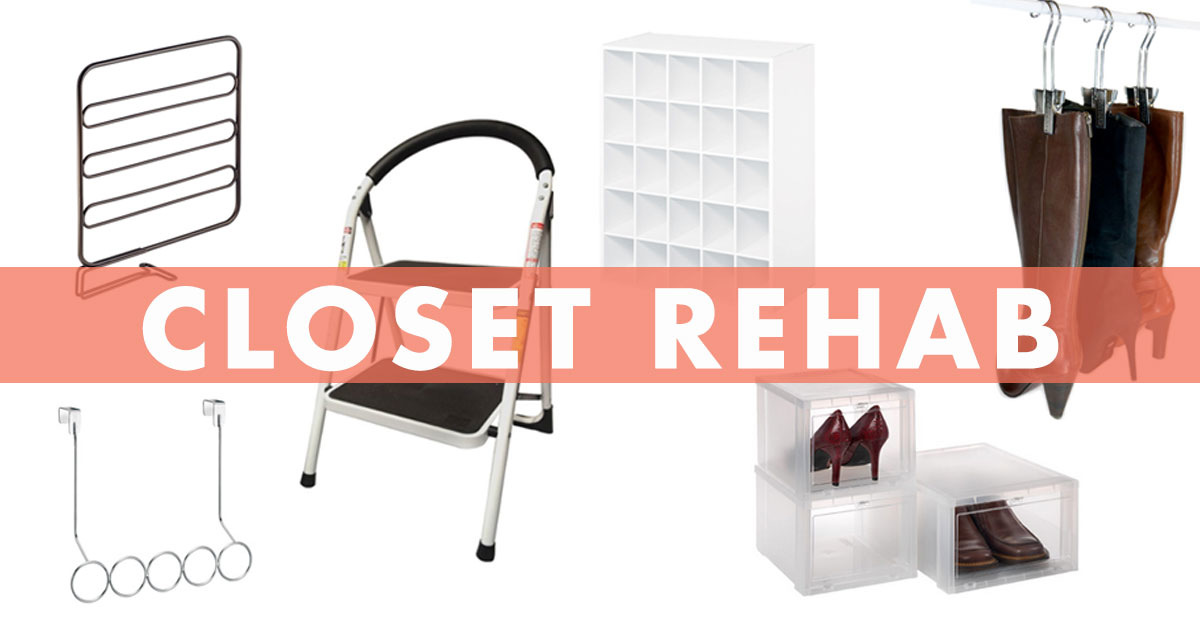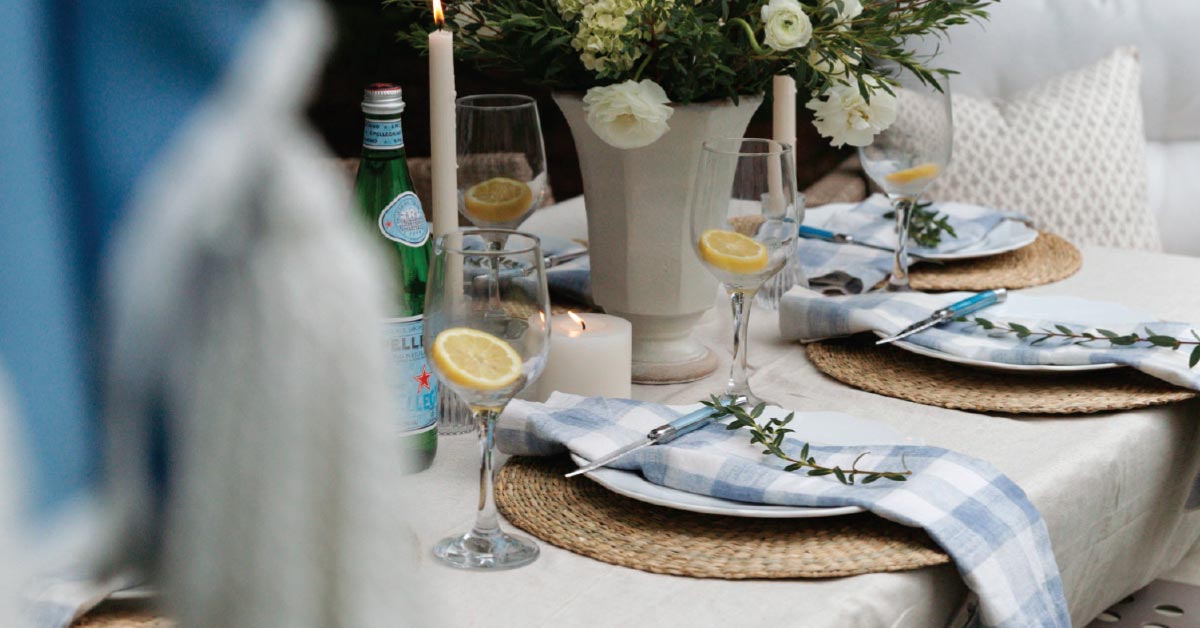Some of you may have your dream walk-in closet, with built-in shoe shelves, roll-out sweater shelves, and plenty of space to display your wardrobe options. Or you might be sharing a tiny closet with your partner, mounding every sweater you own into towering piles on the only shelf, shoes piled into a heap on the floor, layering multiple items of clothing on the same hanger, in order to save space.
You might have guessed I'm in that latter category. To make the most of the limited space I have, I checked out closet organizers at my local home improvement store and experienced some serious sticker shock. Before signing up for a second mortgage to finance a closet rehab, I checked in with Melissa Fortino of Organized by Melissa to find out what I really needed to buy, and what strategies to employ. She had some great suggestions.
A good first step is purging any unused items. Ask yourself, "Do I need it? Do I love it? Do I use it?" If the answer is "no," maybe it shouldn't be taking up your valuable closet space.
Go to town with the measuring tape, and write everything down. Don't try "guestimating" how many shelf dividers will fit along your closet shelf while you're at the store. Count the number of shoes you have, and make note of footwear that might need special storage, such as tall boots. If you plan to purchase new hangers, count how many you're currently using.
Be intentional about the purchases you make. Just because a storage box is cute or on clearance doesn't make it the best item for your space. Make sure it fits your closet's measurements, and is the right size for what it will be used to store.
When choosing where to house items within your closet, consider how often they're used—the more often, the more easily accessible they should be. Your sparkly New Year's Eve heels will probably be fine in a clear shoebox on the top shelf, while your running shoes should have designated cubbie space up front.
Some of the items Melissa recommends:
- Shelf dividers make storing sweaters on closet shelves manageable, and are also great for organizing handbags.
- Stackable, clear, drop-front shoeboxes allow you to see and access your shoes without disrupting the entire stack. These could be used on your closet floor, or to store infrequently worn shoes on top shelves.
- Shoe cubbies maximize the space between where your hanging clothes end and your closet floor begins.
- A small step ladder makes it much more likely you'll use your "up top" space, as you know it's accessible.
- Scarf hangers and boot hangers can also free up space.
One item Melissa is not in love with: those slim hangers with belt hooks. The hooks tend to get caught on other items, and the flocking on the hangers can make it difficult to slip clothes on and off of them. In general, slim hangers are not a game changer when it comes to saving space. For delicate items that are likely to slip off of a hanger they may work well, but a plastic hanger with hooks will do the job, too.

Another item to avoid: over-the-door hooks. "They can damage your doors, and often keep them from opening and closing smoothly."
While some DIY sites recommend mounting pegboard on closet walls to hang accessories, Melissa says it's important not to project out into the space you need to use. "If you'll get hung up on those pegs as you remove clothes from their rod, it's just not worth it." Keeping the floor clean and uncluttered, and giving yourself elbow room will make your closet seem larger and create a less stressful environment.
Written by Jennifer Reynolds, West Michigan Woman staff writer and half-owner of a much too small closet.
Photos courtesy of Lowes, The Container Store, and The Bootique.




